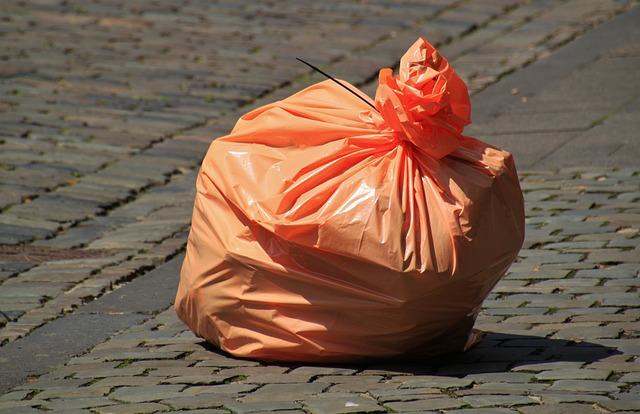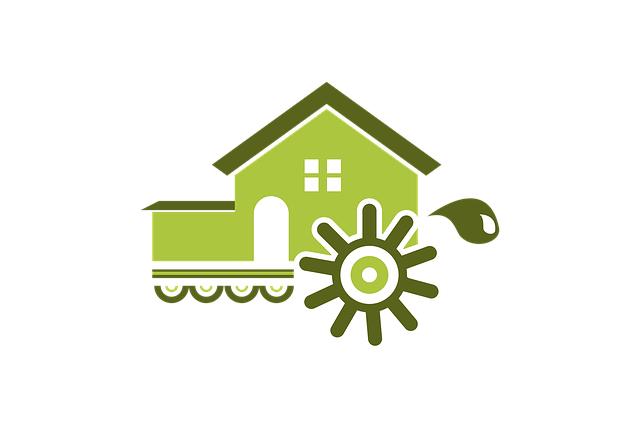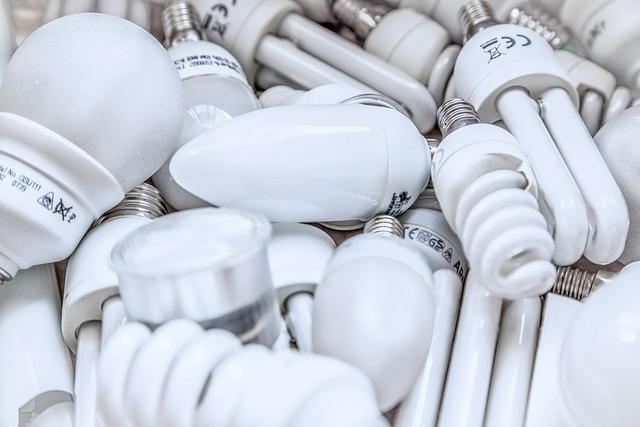- Introduction
- What Is Waste-Free Packaging?
- Types of Waste-Free Packaging
- Benefits of Waste-Free Packaging
- Challenges and Solutions
- Conclusion
- FAQs
- References
Introduction
In a world grappling with environmental challenges, businesses and consumers are increasingly aware of their impact. One solution gaining prominence is waste-free packaging. But what exactly is it and why is it important? In this blog post, we’ll explore the concept of waste-free packaging, its types, benefits, common challenges, and solutions while providing actionable insights.
From eco-friendly materials to creative reuse methodologies, waste-free packaging can offer tangible benefits to the environment and businesses alike. Ready to dive deeper?
What Is Waste-Free Packaging?

(Image: Pixabay/@cocoparisienne)
Waste-free packaging is a design philosophy aimed at reducing, reusing, or eliminating waste rather than contributing to landfills. It revolves around creating packaging that is sustainable, recyclable, biodegradable— or that doesn’t rely on single-use plastic materials.
The goal is to minimize the environmental footprint by implementing life-cycle thinking, where products and packaging are designed considering their environmental impact from creation, usage, to disposal. Many companies are now adopting these practices not only to reduce waste but to enhance brand image and align closer with eco-conscious consumers.
This aligns with a larger global movement towards ‘zero-waste’ initiatives, which focus on ensuring that no material goes to waste at any stage of its lifecycle.
Types of Waste-Free Packaging

(Image: Pixabay/@kreatikar)
There are several different ways in which waste-free packaging is making an impact across industries:
Biodegradable Packaging
Biodegradable packaging can decompose naturally into organic material without harming the environment. Materials like cornstarch, bamboo fiber, and even seaweed are being incorporated into these kinds of solutions.
Recyclable Packaging
Recycled packaging refers to products made from already-used materials such as paper, aluminum, or plastic, which can be repurposed for new use. This reduces resource extraction and lessens production-related emissions.
Compostable Packaging
While similar to biodegradable, compostable packaging must break down fully in specific environmental conditions found in composting facilities, turning into usable soil conditioner instead of waste.
Edible Packaging
Though unconventional, edible packaging is gaining attention. Think of the edible films made from rice or other organic materials used for food products. Food wrappers you can literally eat— how about that for waste reduction?
Benefits of Waste-Free Packaging

(Image: Pixabay/@Elf-Moondance)
Adopting waste-free packaging boasts several advantages, ranging from ecological impacts to brand reputation improvements.
Environmental Conservation
Perhaps the most significant benefit is reducing the amount of waste ending up in landfills and oceans. Waste-free packaging minimizes reliance on non-renewable resources, ultimately conserving biodiversity and habitats.
Economic Incentives
By employing recyclable or biodegradable materials, many businesses can cut long-term costs related to packaging waste disposal and raw materials. Governments are increasingly offering grants or financial incentives to further encourage environmentally friendly practices.
Brand Value and Consumer Loyalty
As consumer awareness of environmental responsibility grows, companies that prioritize sustainable solutions foster a positive brand image. Using waste-free packaging may give businesses a competitive edge in the market as shoppers tend to support green initiatives.
Challenges and Solutions

(Image: Pixabay/@AJS1)
While the movement toward waste-free packaging is beneficial, it’s not without its constraints:
Cost Concerns
Waste-free options can sometimes be more expensive to produce than their traditional counterparts, especially for small-scale enterprises. However, as the demand for these solutions grows, economies of scale and advances in technology are beginning to alleviate this issue.
Supply Chain Adaptation
Evolving to incorporate waste-free packaging means changing supply chains and manufacturing processes. Not every country or business has the infrastructure to support sustainable practices. A gradual shift, coupled with government support, is essential to tackling this problem.
Consumer Education
Even when businesses adopt zero-waste solutions, educating consumers about proper disposal methods is critical. Misunderstandings between "biodegradable" and "compostable" products, for instance, could lead to improper disposal. Brands should take extra steps to educate their buyers on how to handle packaging responsibly.
Conclusion
Waste-free packaging is no longer just an idealistic or niche solution—it’s becoming a necessity as sustainability becomes mainstream. By understanding the different types, benefits, and challenges of waste-free packaging, both consumers and businesses can make smarter, eco-conscious decisions. The road ahead may present hurdles, but with innovations and growing consumer demand, a future with less wasteful packaging seems very achievable.
FAQs
What is meant by waste-free packaging?
Waste-free packaging refers to packaging solutions designed to eliminate or significantly reduce waste, often incorporating materials that can be reused, recycled, or biodegraded without harming the environment.
Are there affordable waste-free packaging options?
Yes, particularly as technologies improve and demand rises, leading to lower prices over time. Affordable options include recycled paper or compostable materials.
Can waste-free packaging be used in all industries?
Nearly every industry can adopt some form of waste-free packaging, though the transition might require additional infrastructure and effort depending on the product and region.
Is biodegradable packaging truly effective?
When disposed of properly (usually in specific biodegradation environments), these materials do break down effectively. However, this requires correct disposal behavior from consumers.

